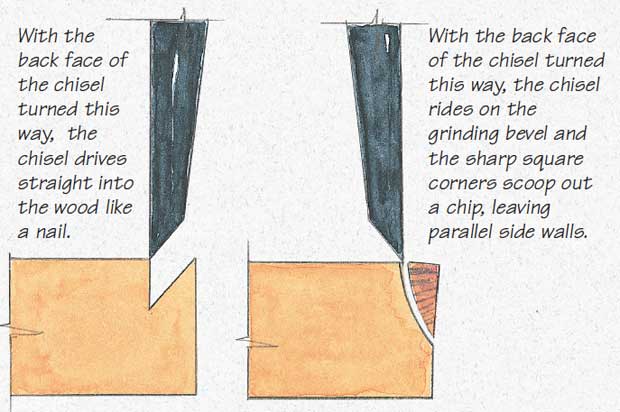Jacob":13qz10kz said:
would-be amateur woodwork gurus in sheds with video cameras
Jacob":13qz10kz said:
Another would-be guru trotting out some old cobblers? :lol:
I know it's funny, but in all seriousness Jacob, do you not get that one day (hopefully far removed from today), you're going to die?
No, hear me out. Custard, a few others of you out there, this applies to you too.
You're going to die. We all are, it's the lot of mortal man, etc, etc.
Which means all that knowledge you won the hard way is going to be lost.
And all we'll be left with may well be amateurs in sheds with video cameras.
Thing is, this youtube lark ain't hard. Most phones these days can do it. Or tablets - big clive has all his electronics videos done on an ipad for years.
And the knowledge he won the hard way won't be lost.
So unless you're in the middle of writing a book ... maybe you should do a video or two. Show amateurs how a professional does this stuff. Sure, not a Frank Klauz level of production with all the fancy lighting and stuff, but honestly, for people who are looking to
actually learn as opposed to being entertained, that stuff doesn't matter quite so much. Watching a few decade-old videos of Peter Follansbee carving oak with cruddy lighting and grainy footage taught me a damn sight more than any of the more flash "youtube personalities" (and yes, there are many, even I can predict what a few of them will have in next week's video based on what Richard Maguire or Paul Sellers released this week in their pay-to-view video sections).
So seriously, pick the thing you think you know better than anyone else and film it for three minutes and see how easy it is to do. And save some of that knowledge from being lost.


































